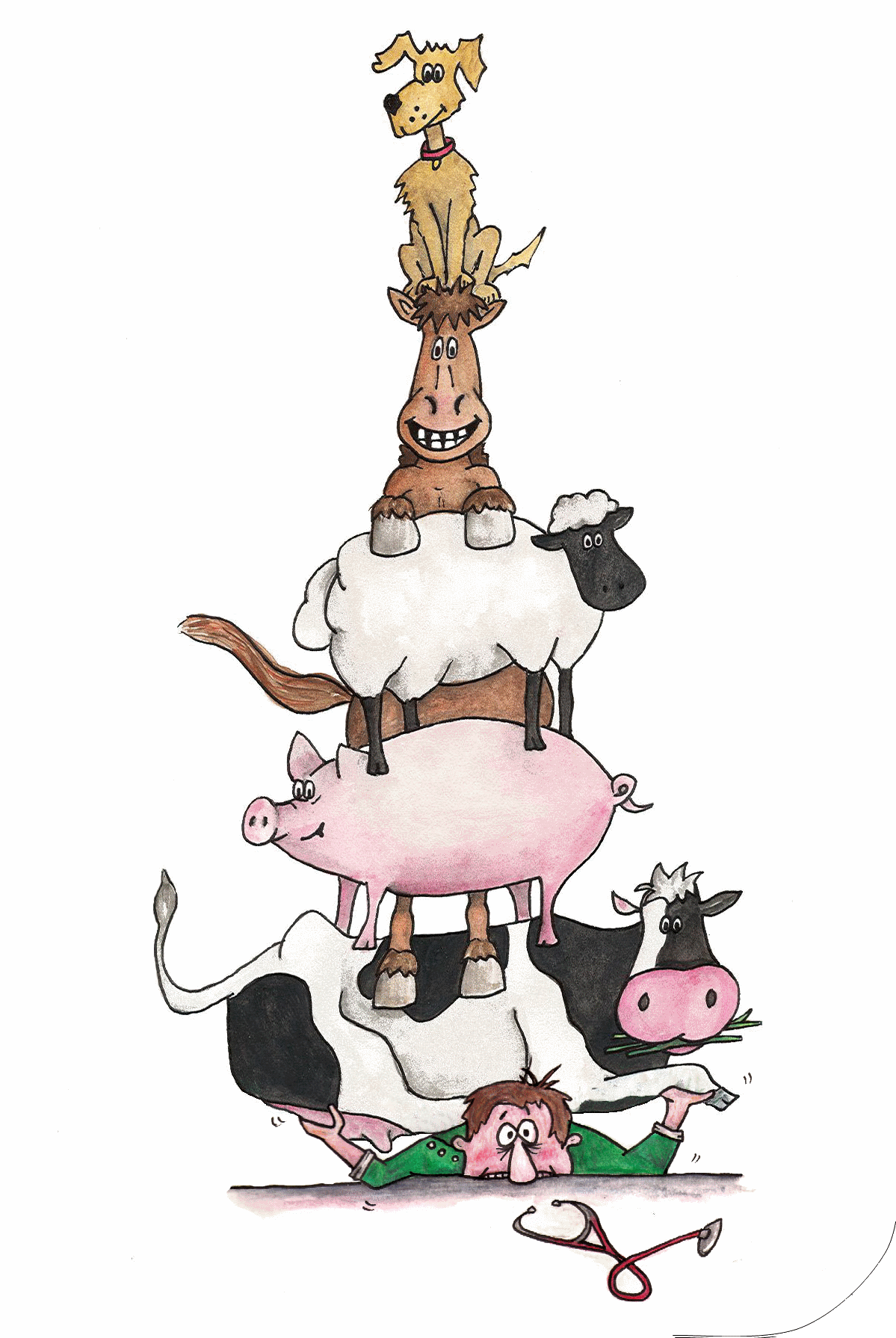New protocol for CEM
New procedures now in place to safeguard equine population from future outbreaks.
Collaboration between government veterinary authorities and the equine industry has put in place a new protocol in the UK for controlling any future outbreaks of the highly contagious venereal disease Contagious Equine Metritis (CEM), which can cause sub-fertility in affected mares and can establish chronic infections in stallions.
Any suspect cases of CEM must continue to be reported to the Animal and Plant Health Agency (APHA). However, under the new control arrangements, which came into effect from 1st February 2018, owners of affected horses in England, Scotland and Wales may use a private equine veterinary surgeon specifically approved to deal with the disease without official movement restrictions being imposed. These arrangements require compliance with the control measures outlined in the Horserace Betting Levy Board’s Code of Practice for CEM whilst all associated costs will continue to be covered by the owners of affected horses. The arrangements to deal with CEM in Northern Ireland remain unchanged.
Taylorella equigenitalis, the bacterium that causes CEM, can be passed through both natural mating and artificial insemination and whilst mares may exhibit clinical signs, stallions can carry the infection without showing signs.
The new arrangements were developed by the Equine Disease Coalition in close collaboration with the Thoroughbred Breeders’ Association and the British Equine Veterinary Association and with the full support of the Government animal health teams in London, Edinburgh and Cardiff. The protocol underpins the need to comply with the HBLB Code of Practice for the disease, which contain guidance for monitoring, treating and managing outbreaks of CEM.
BEVA Chief Executive, Mr David Mountford, said:
“Whilst occurrences of CEM are sporadic and we have not had any confirmed cases in the UK since 2012, it still presents a very real threat to our breeding industry. Ensuring cases are treated and managed by an approved veterinary surgeon, who is fully versed in the HBLB Code of Practice, guarantees that the appropriate provisions will be taken in order to safeguard our world class breeding population.”
The Animal Health Trust will have a central role in the new protocol, coordinating activities undertaken by approved vets, receiving and collating reports, initiating tracings off the premises and taking responsibility for any epidemiological investigations.
Animal Health Trust Director of Epidemiology and Disease Surveillance, Dr Richard Newton, said:
“With any contagious disease it is vital that we are always best prepared to deal with any potential outbreaks and the new arrangements for CEM control clearly set out the sector’s commitment to managing the risks presented by this disease. CEM could in time have a severe impact on our equine industry if we lose the ability to support the voluntary measures outlined in the HBLB Code of Practice with the legislative powers afforded under the Infectious Diseases of Horses Order 1987. CEM is eminently treatable when it is identified and so by putting these new control measures in place whilst retaining its notifiable disease status, we can ensure any future cases are treated and managed effectively.”

World Horse Welfare Chief Executive, Mr Roly Owers, said:
“The new protocol for controlling CEM is a great example of what can be achieved through excellent collaborative working and cost-sharing between government and the equine sector. By working together, we have developed a practical and proactive approach to managing this disease risk – not only protecting our thriving equine sector but more importantly, protecting the thousands of horses it relies upon.”
Joint Veterinary Advisor of the Thoroughbred Breeders Association, Professor Sidney Ricketts, played a key role in developing the new protocol. He said:
“We have not seen any cases of CEM in our horse population for a number of years which can largely be attributed to compliance with the HBLB Code of Practice, but in many other countries instances of infection are regularly found and so there is a continued risk from carrier or infected mares or stallions being imported into the UK. The new control measures are a vital tool in helping manage this risk.”
Horse owners in Great Britain who suspect their horse could be infected with CEM and laboratories that suspect they may have identified the causal agent must report their suspicions to the Defra Rural Services Helpline on 03000 200 310.




